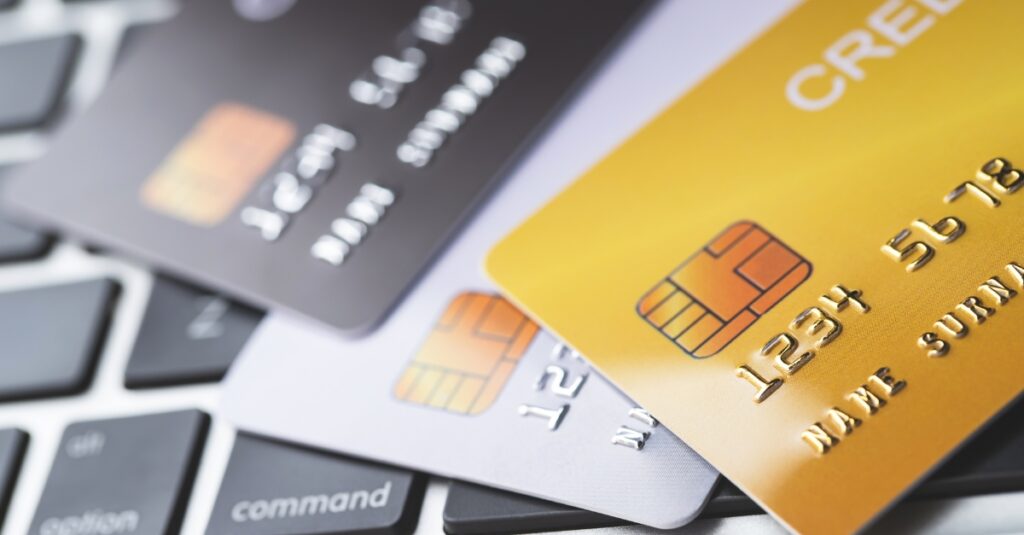When it comes time for you to select the proper credit card, you can find nearly endless options and offers. Every company is attempting to win you as a customer by offering free benefits or customizable credit cards. However, when you select your card it should boil down to the basics. Continue reading to learn how to choose a credit card.

3 Types of Customers
Before you apply, you must understand which category you fit into. This will allow you to narrow your search and effectively select the right card.
Carrying a Balance
The first type of customer is one who carries a balance. When selecting a card for this purpose, the primary fact will be the APR or annual percentage rate. Also, you’ll want to find a card that offers a 0% introductory balance, allowing you to lower your balance quickly.
Rewards
The second type are the ones looking to pay the card off in full each month but reap the benefits credit cards offer. This might include cash back on restaurant purchases or airline miles on certain expenses. Finding the right card to fit your lifestyle is important if looking for rewards.
As you likely know, credit card companies make their money on interest rates and fees.
Emergencies
The final type of customer are ones that take out a credit card for an emergency. This type of customer will benefit from a no-frills, low interest rate type of card. Finding a simple card such as this is easy to do.
Fees and Advantages
As you likely know, credit card companies make their money on interest rates and fees. That’s why it’s critical to read the details on each card before committing. Some of the costs to look out for include:
- Annual Fee
- Cash Advance Fee
- Late Payment Fee
- Interest Rate
There are cards on the market that are essentially feeless, but keep in mind the rewards are likely less than those that charge fees. For example, many high reward cards charge annual fees to utilize that line of credit.
A tip in selecting the best credit would be to identify where you spend the most money. If you eat out frequently and charge your groceries, you’ll want to find a rewards card that tailors to those expenditures.
For example, you spend $200 a month on groceries, which will be $2,400 annually. There are credit cards that offer 3% cash back on grocery purchase. If you calculate 3% off of $2,400 you’ll earn $72 in cash back. The same math can be done for gas purchases and restaurants.
How to choose a credit card: the Color Differences
In the not so distant past, the color of your credit card had meaning and carries status. The different colors include:
- Silver
- Gold
- Platinum
- Titanium
- Black
- Diamond

There differences between silver and gold are minimal as the meaning of color continues to diminish. Currently they are your middle of the road credit card.
Platinum still holds value over the gold status, offering better benefits then it’s lower tier affiliate. This is typically a banks highest credit card offering. From there, you can advance to a titanium, which may only offer a higher credit limit as an added benefit.
If you calculate 3% off of $2,400 you’ll earn $72 in cash back.
The last two tiers, black and diamond are typically offered by invitation only and offer users extremely generous rewards, but these come at a higher annual cost.
Low Credit Score? No Problem.
Finally, if you find that you are unable to obtain credit due to a low or non-existent score, you can apply for a student credit card or secured credit card. These offer you the ability to slowly build your credit with lower credit limits and straight forward rewards (if applicable).
Selecting the proper credit card is individualized and varies greatly from person to person. First analyze your spending and what you hope to gain out of the card. From there, begin narrowing down the cards, ultimately coming to a final decision.
Your opinion is important to us!
Do you have more suggestions on how to choose a credit card? Let us know in the comments bellow or contact us!
